Rainwater harvesting is an excellent way for you to conserve water, reduce utility bills, and contribute to sustainable living.
Given Ireland’s abundant rainfall, a well-sized rainwater harvesting tank can be a great addition to your home. This guide will help you determine the right tank size for your needs, ensuring you maximise your investment and benefit.
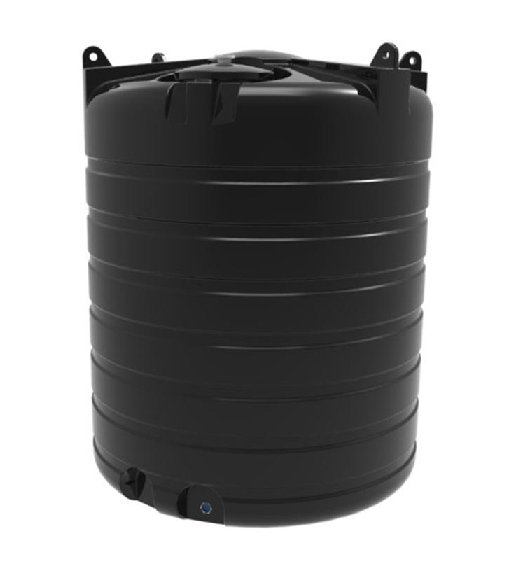
Our 9,250L Water Tank
Understanding Rainwater Harvesting
Rainwater harvesting involves collecting and storing rainwater from roofs or other surfaces for later use.
This water can be used for washing cars, doing the laundry, flushing toilets, and gardening. It’s a sustainable solution that reduces reliance on mains water and helps manage stormwater runoff.
General Sizes
Generally, the below sizes are typically a good guide for domestic use:
- 1,500 to 3,000 litres: Suitable for 1-4 people doing small amounts of garden irrigation
- 3,000 to 5,000 litres: Suitable for 4-6 people doing occasional amounts of garden irrigation
- 5,000 to 7,000 litres: Suitable for 4 or more people doing regular amounts of garden irrigation
However, you should take the below points into account, in order to size your tank accurately.
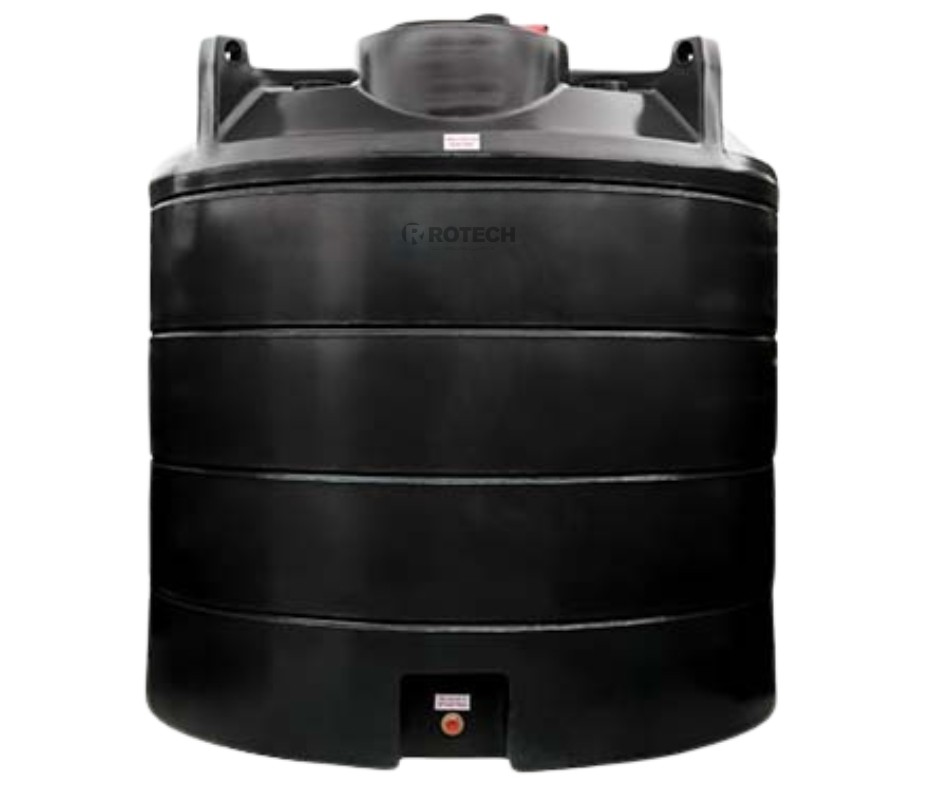
Our 6,000L Water Tank
Factors to Consider When Sizing Your Tank
- Roof Catchment Area: The size of your roof is the primary factor determining how much rainwater you can collect. The larger the roof, the more water you can harvest. Measure the footprint of your roof in square metres to calculate the potential collection area.
- Rainfall Data: Ireland receives substantial rainfall, but it varies by region. Consult local rainfall data to understand the average annual rainfall in your area. Check Met Éireann for detailed rainfall statistics.
- Water Demand: Estimate your household’s water needs. Consider the number of occupants and how much water you intend to use for various purposes. A typical household uses rainwater for laundry, toilet flushing, and gardening, which can significantly reduce mains water usage.
- Storage Capacity: Calculate the volume of water your tank needs to store. This depends on your roof catchment area, average rainfall, and water demand. Balancing these factors will help you choose a tank that fits your requirements without over- or under-sizing.
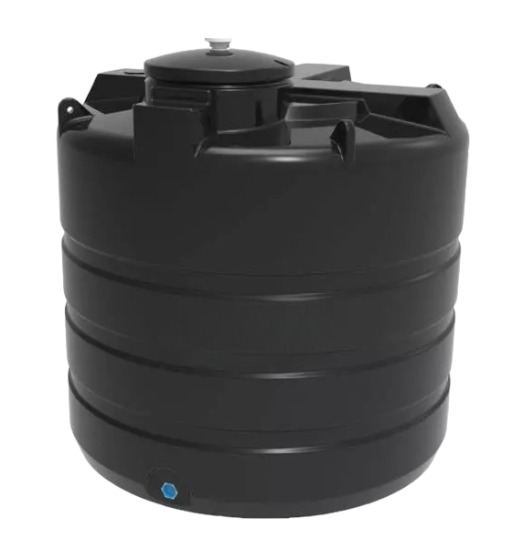
Our 3,800L Water Tank
Basic Calculation
There are a few factors that need to be taken into account when calculating your tank size:
- Footprint of the property: You can calculate this by multiplying the length by the width of the building in metres.
- Drainage coefficient: The drainage coefficient is 0.8 because it suggests that 80% of the water that hits the roof will go down the downpipes. This is because some water will splash over the gutters or even evaporate.
- Filter efficiency: In our example, the filter used is 95% efficient, so the figure is 0.95. The other 5% accounts for water that doesn’t go through the filter due to self-cleaning.
- Annual Rainfall: This is how much water in mm you will get in a year. Check Met Éireann to find out annual rainfall.
- Final Tank Volume: Our final tank volume is 5% of a year’s water, so that’s where the 0.05 figure comes from.
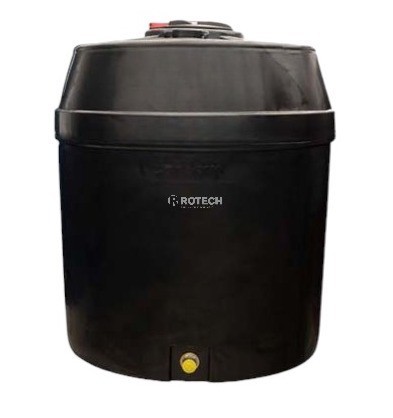
Our 3,000L Water Tank
The calculation is as follows:
Footprint of property (m2) x Drainage coefficient x filter efficiency x annual rainfall x 0.05 = recommended tank size.
Please see example below:
If the roof area is 100m2, the drainage coefficient is 0.8, the filter efficiency is 0.95, and the annual rainfall is 800mm:
100 x 0.8 x 0.95 x 800 = 60,800 (litres of water received in a year)
60,800 x 0.05 = 3,040L
In this example, a 3,000L tank is needed for this building.
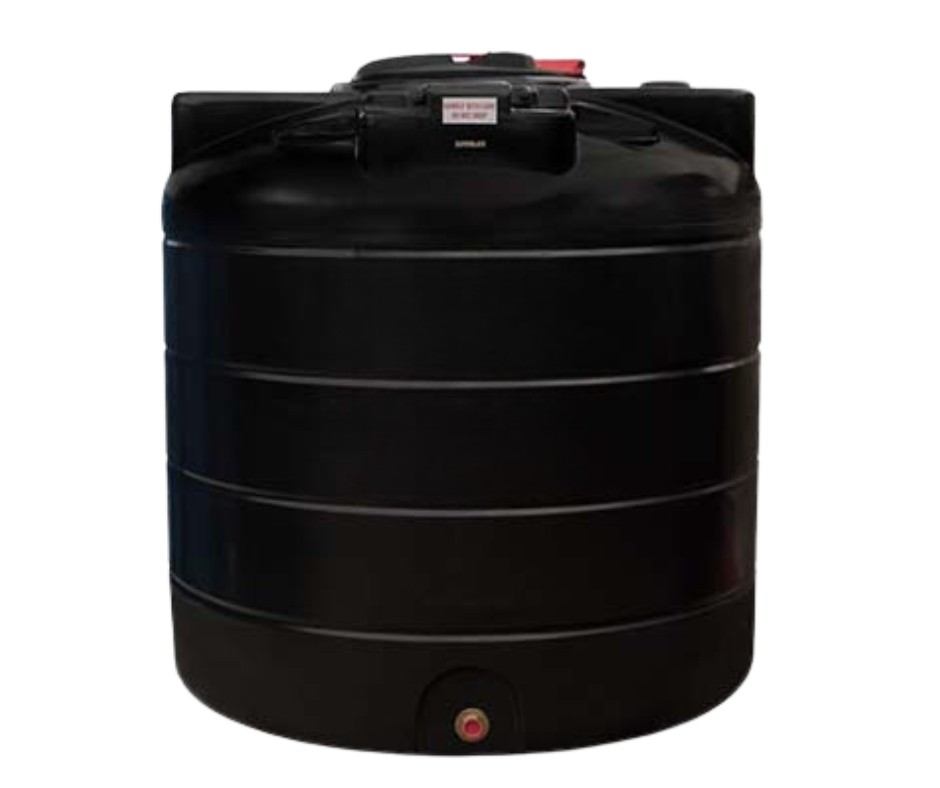
Our 1,350L Water Tank
Calculation With Water Consumption
You can also calculate water consumption, though the above basic calculation is usually enough on its own. Please see calculation below:
Number of people x water consumption per person x 365 x 0.05
E.g: 4 people x 40L per person x 365 x 0.05 = 2,920L
This shows that a 3,000L tank would still be fine for the above example. However, the demand would be half if there were 2 people. In this case, you would need a 1,500L tank. It’s recommended that you size the system while taking potential occupancy into account. A good rule is:
- 2 bedrooms: 3 people
- 3 bedrooms: 4 people
- 4 bedrooms: 5 people
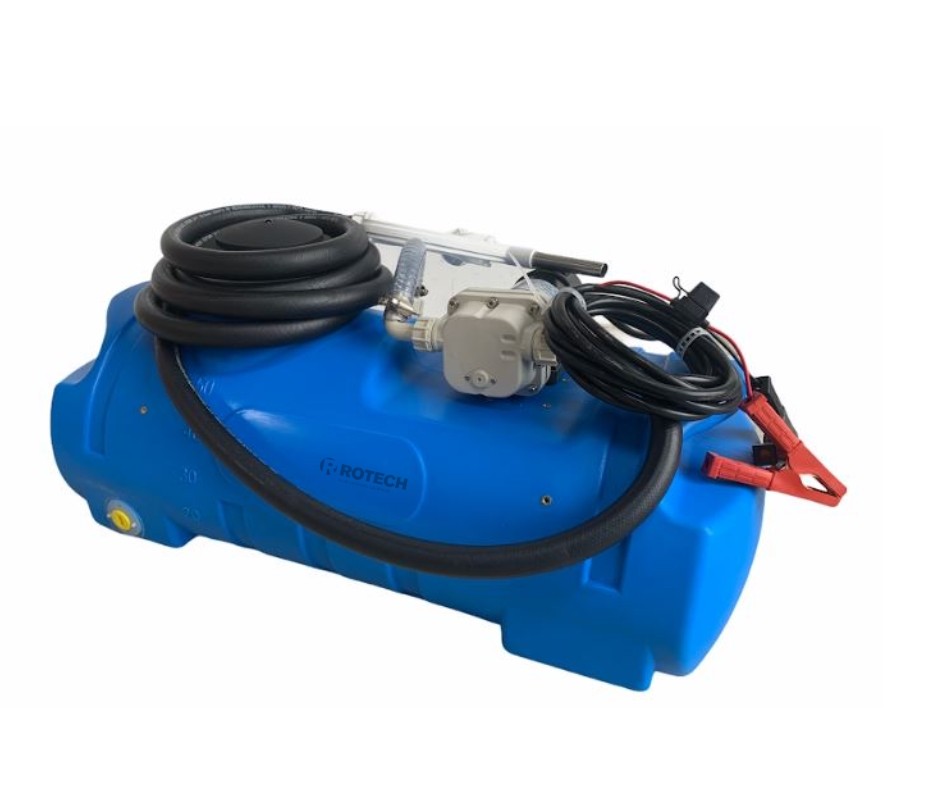
Our 100L Water Tank
Other Factors To Consider
When selecting a tank, you should also consider the following:
- Material: Tanks come in various materials like plastic, concrete, and metal. Choose one that suits your needs, including budget and space.
- Location: Ensure you have adequate space for the tank, whether it’s above ground or below ground.
- Installation: Professional installation is recommended to ensure the system is correctly set up and integrated with your home’s plumbing.
Sizing a rainwater harvesting tank properly is crucial for optimising water use and making the most of Ireland’s plentiful rainfall.
By calculating your roof catchment area, understanding local rainfall patterns, and estimating your water needs, you can choose a tank that fits your home. Not only will this save you money on your water bills, but it will also make a positive impact on the environment.
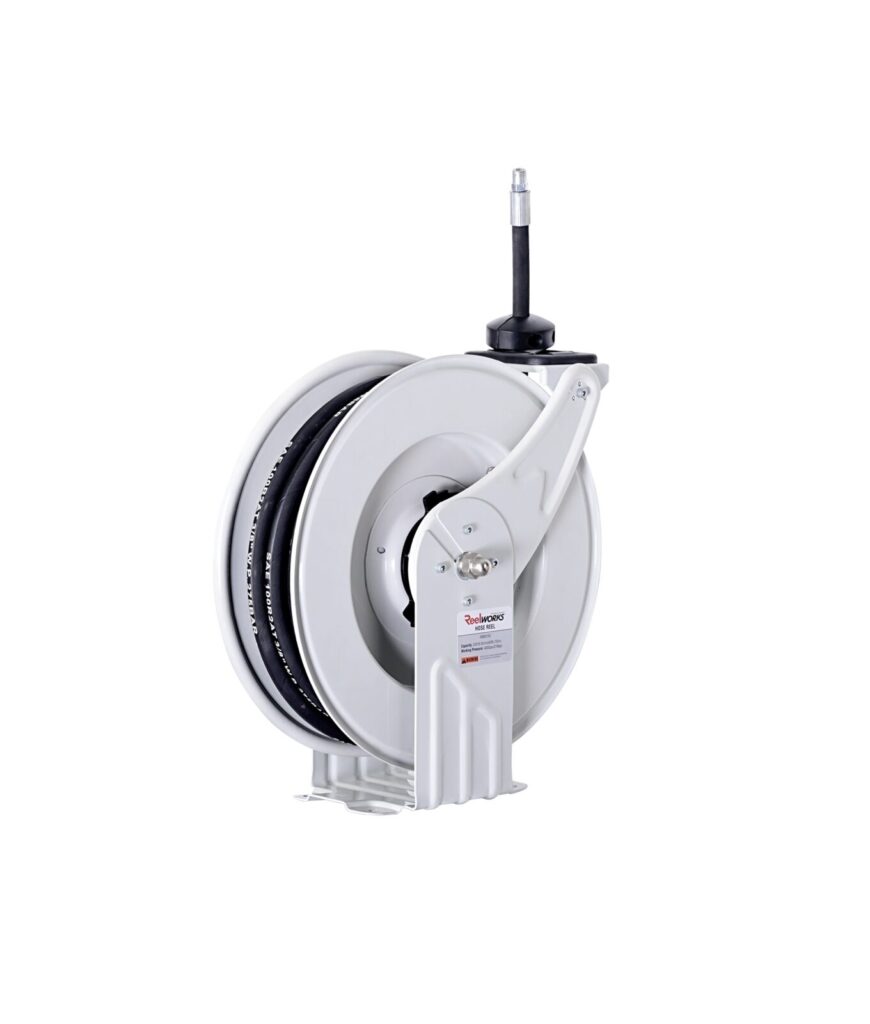
Our 15 metre x 3/8″ Power Washer Reel
Water Tanks At RotechShop.ie
Ready to make your water tank purchase? Then take a look at our great range of water tanks suitable for rainwater harvesting. We have tanks in 1,350L, 3,000L, 3,800L, 6,000L, and 9,250L sizes.
They are made from medium density polyethylene, which is corrosion resistant and impact resistant. This makes them built to last. They’re also made from UV stabilised polymer, which protects them from sun damage. Without this, the UV causes a compound breakdown, causing the polyethylene to become brittle.
We also have a 100L water tank, which is perfect for transporting water for garden machinery to water plants. It even comes with a 12 volt pump, 4 metre 3/4″ hose, and a nozzle.
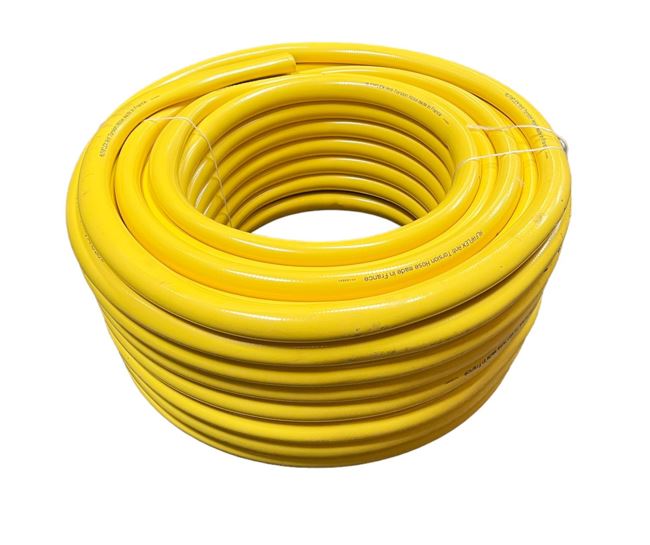
Our Washdown Hose
More Water Equipment
We also have more water equipment including hose reels, hoses and nozzles, valeting equipment, more.
Our 15 metre x 3/8″ power washer reel featured above is coated in corrosion resistant powder paint, which guarantees long-lasting performance. It can be used with any power washer and has a spring retractable mechanism. This mechanism ensures the hose is tangle-free when it’s not being used.
Our washdown hose featured above is reinforced with a durable textile thread and made from flexible PVC. This allows it to withstand up to 40 bar pressure.
More Information
For more information on rainwater harvesting, check out our helpful guide here. It goes through the steps you need to follow to implement rainwater harvesting at your home or farm.
